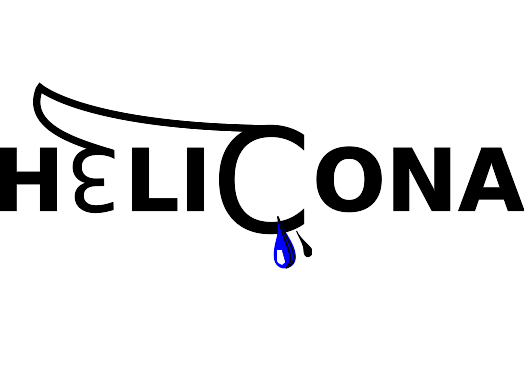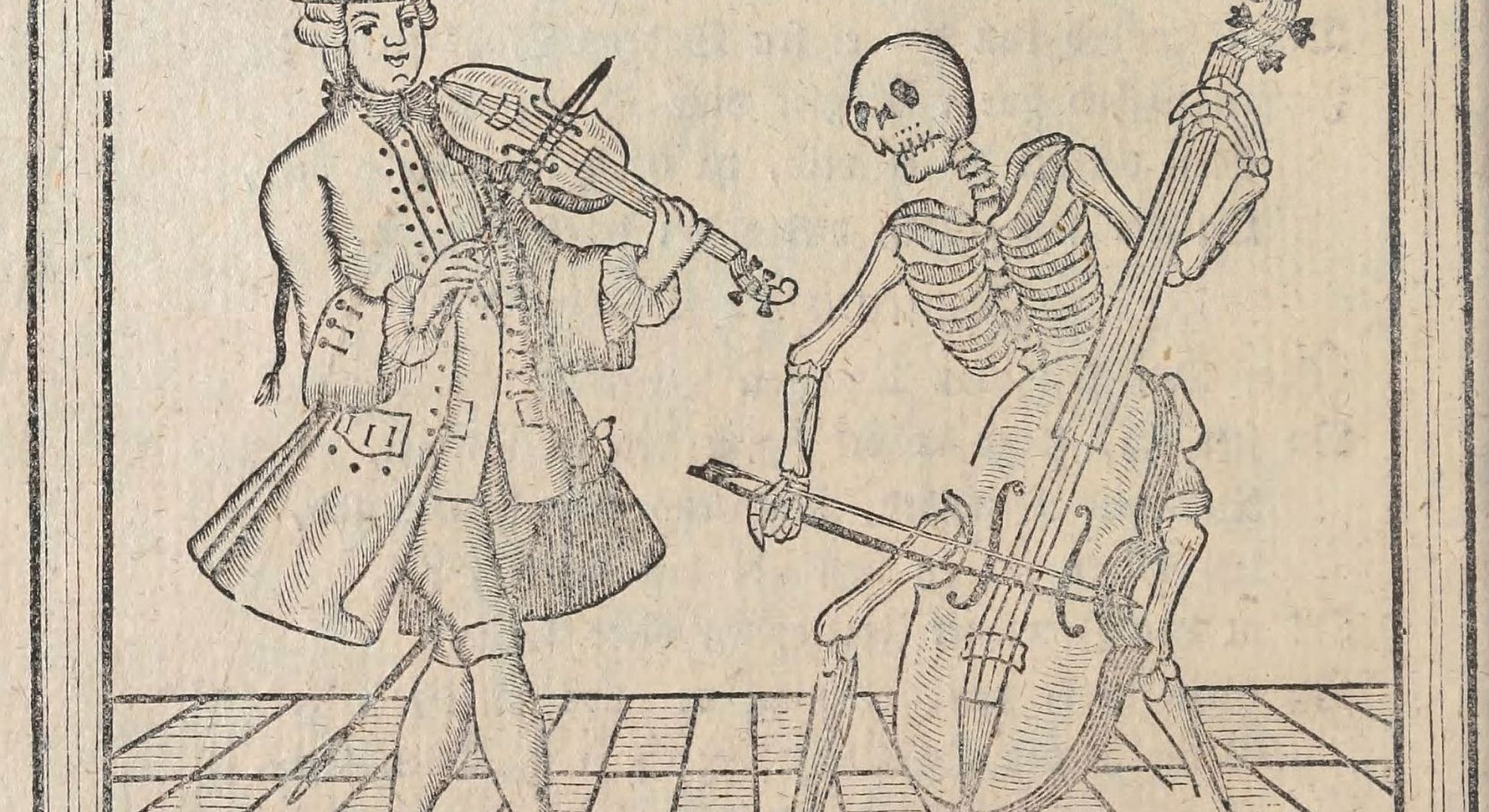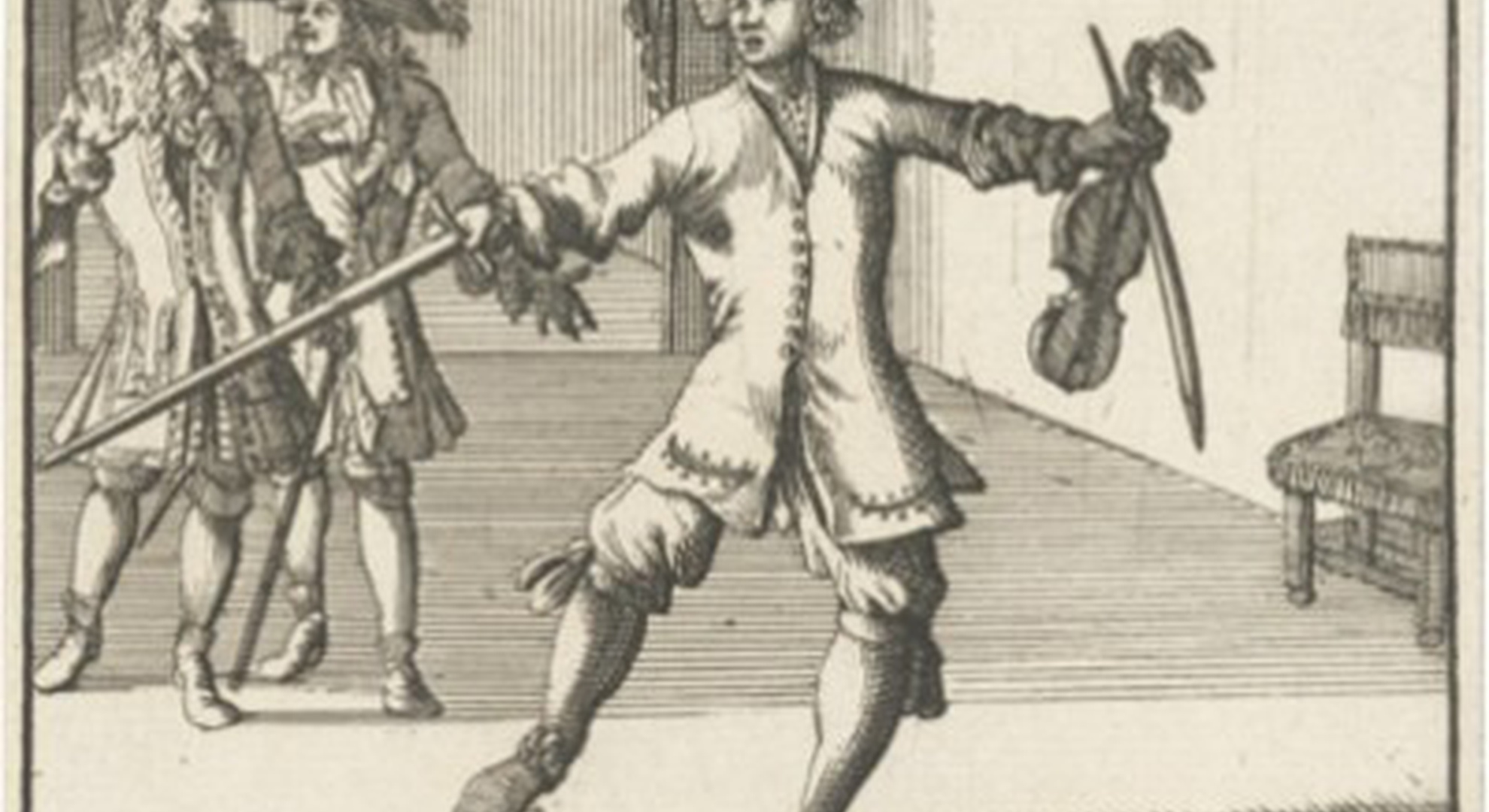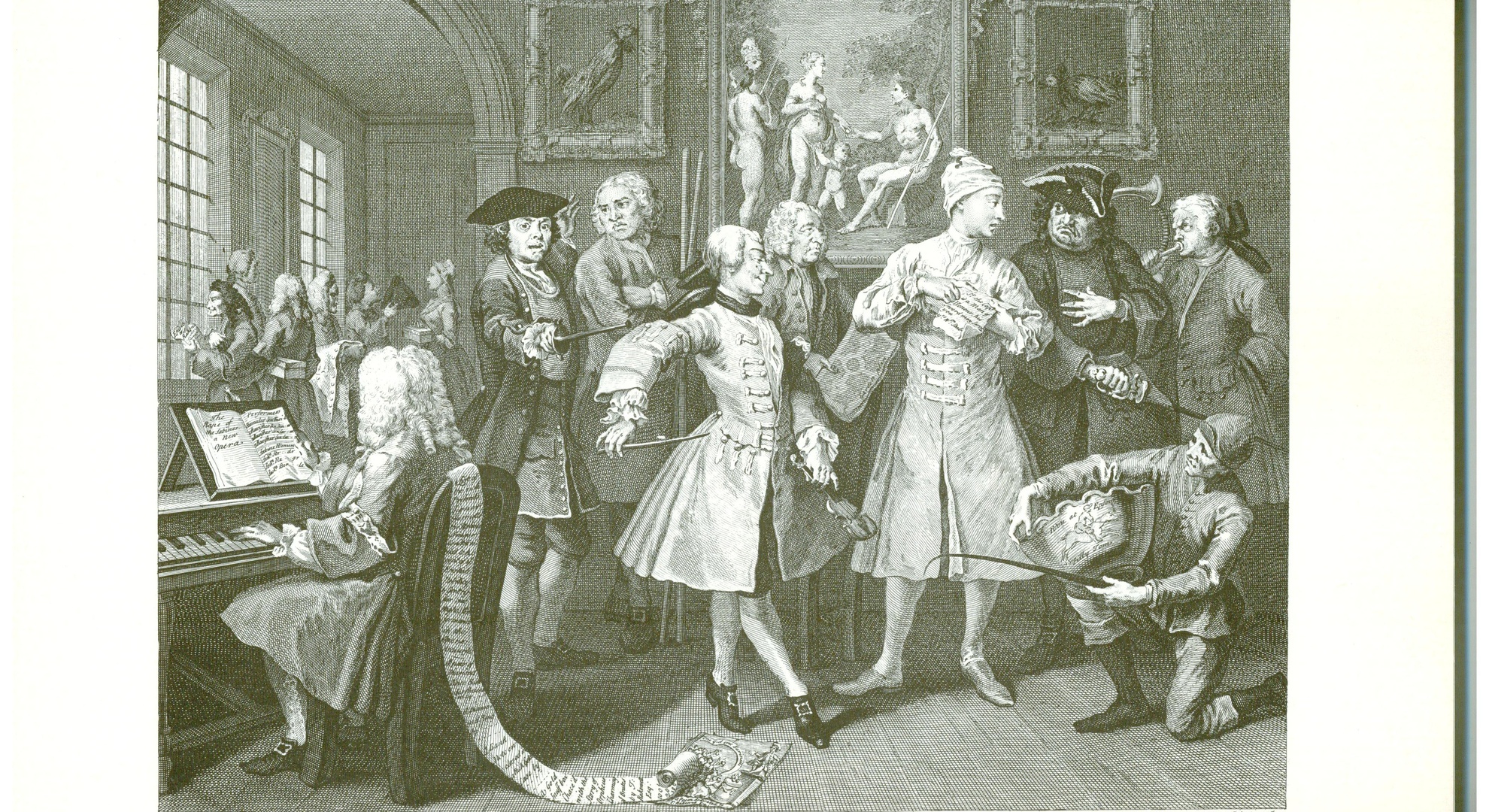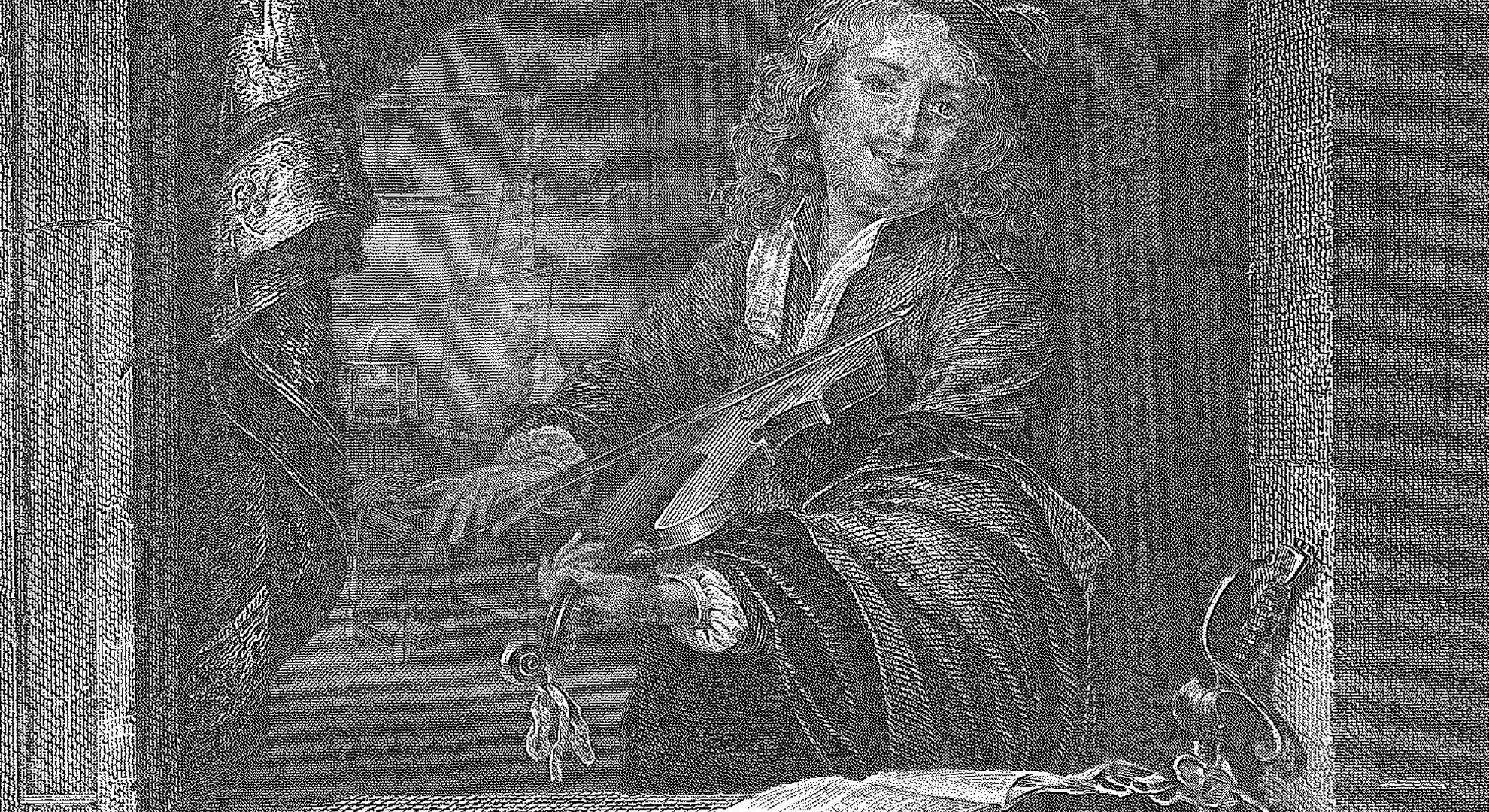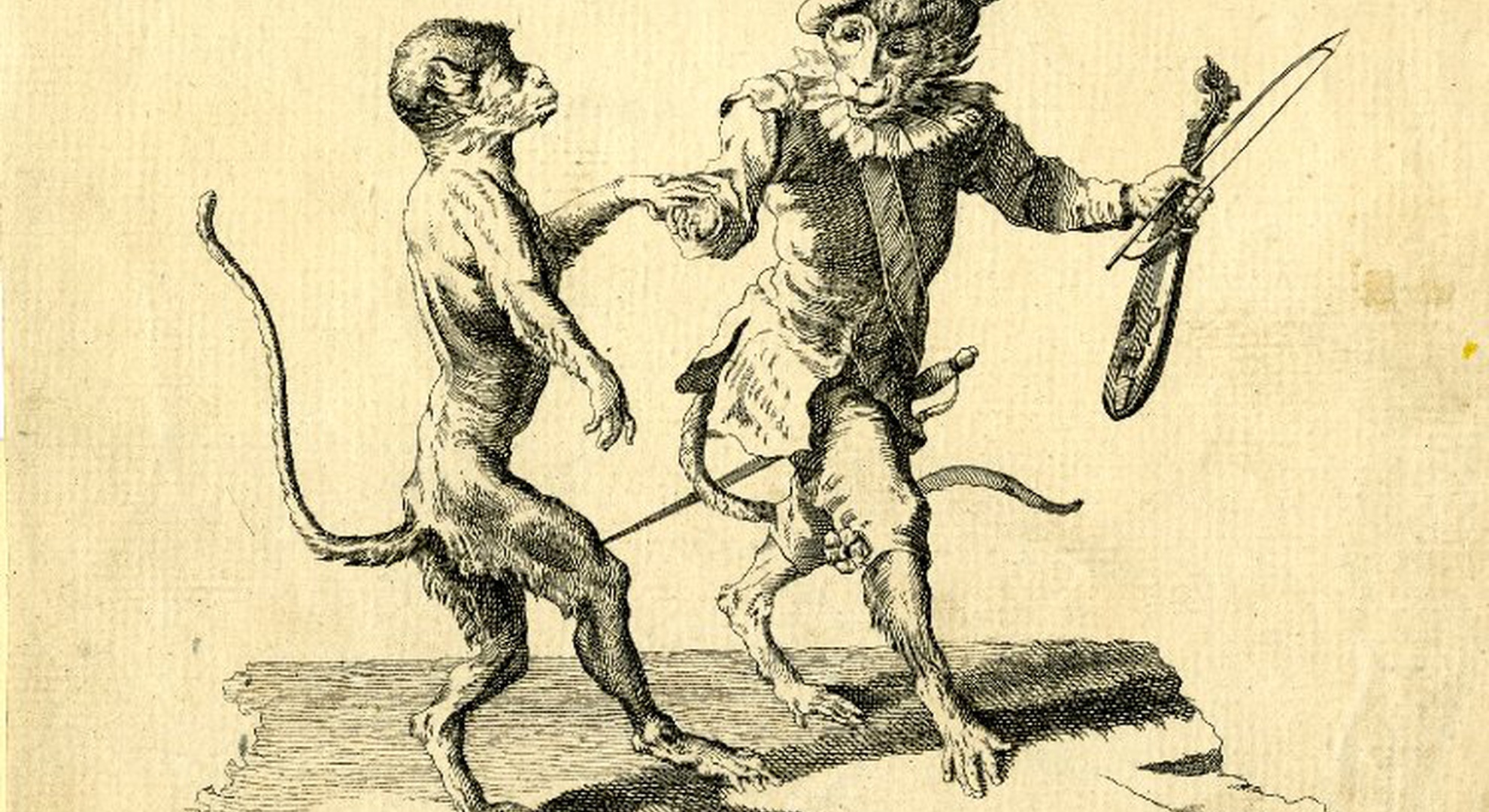Improvisation - Course Level 1
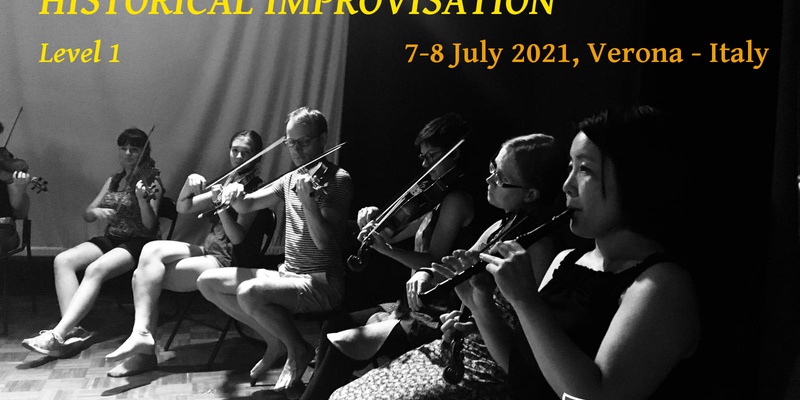
A gradual approach to improvisation (on historical base)
To understand how to afford the empty space and give sense to the composition.
IMPROVISATION: COURSE, Level 1
The course aims to affront the very close relationship between making music and the emotional and physical aspects of the musical affects.
The multi-disciplinary approach (dance, theatre, fencing, dressage) incites a different way to manage time, in relation to how to organise space and the flexibility of gestures, in order to reach new ways of musicking together.
This workshop will give an opportunity to concentrate on different strategies when improvising (melodic and rhythmical improvisation, free and guided, for example using Ground Basses).
The workshop is open to everybody, in particular to Early music students.
CONCEPT
This didactic project ‘the Art of Improvisation’ is intended for singers and instrumentalists with an aim to facilitate an informative and nurturing approach to the subject.
The course focuses on three main areas, each equally important: stylistic-historical, structural-communicative and psychological. Each contributes to building an awareness of musical good-taste and communicative intentions while performing.
The course will cover both theoretical and practical elements, including exactly where and when to improvise, the various consequences and outcomes of different forms of communication, and the influence of theatre and dance on musical improvisation.
The Art of Improvising can be approached through three areas:
- HISTORICAL - STYLISTIC: The same content can be expressed in different ways. For this reason people in different periods and in different regions/cultures have developed various solutions (through structure, through the characteristics of a musical phrase, technique, sound etc) to describe similar scenarios. The first information regarding improvisation is in the form of descriptive remarks, but no traces exist of the actual music played before the advent of written examples of diminutions at the beginning of the 16th century in Italy. The tradition of adding extra notes to madrigals leads to the institution of florid adagios of the late 17th century, (Corelli) and to other improvisational forms (fugues, caprices, fantasies, variations on bassi ostinati...). By the 19th century the possibilities of spontaneous invention by the performer became more and more confined: adagios, preludes, cadences, themes and variations became written-out forms, with only a few exceptional performer/composers including virtuosic improvisations in their performances. Jazz, folk, pop and new music are modern examples which contain improvisation. Through this course we will travel through the history of improvisation in an informative and practical way, from the Renaissance to the present, employing written music, Historical Informed Practice (HIP) and cultural attitudes, according to the specific characteristics of the instruments (melodic, harmonic, rhythmical) . Instruments that use a similar kind of language (for example wind and strings) are able to develop their own individual styles.
- STRUCTURAL-COMUNICATIVE:
- FORM OF THE COMPOSITION: Music has continually searched for better forms to express itself and improvisation “sur le champ” has been a way to experiment with different models and to verify their communicative capacities. Today many written out forms of composition remain, but they were born and developed as experiments. What we have today is only a small percentage of the production of fortunate musicians, who were financially able to print their compositions. We can analyse models of improvisation as variations on a melody, variations on a bass line, improvisation on a rhythmical line, and other “free” structures (prelude, toccata, fantasia, fugue, cadenza etc.), also considering the individual characteristics of different instruments (keyboard instruments: basso continuo, harmonic variations on a bass line, polyphonic counterpoint; for melody instruments: embellishments, flourishes, virtuosic and cantabile variations).
- FORM OF THE LANGUAGE: Each language has its own rules and musical rhetoric consists of codes that are used to express a message. Improvisation requires the capacity to compose on the spot and for this reason it is necessary to understand the way in which specific content can be expressed. The rhetoric of theatre and dance can help to find and understand the way to express ourselves in music.
- PSYCHOLOGICAL: One of the biggest problems in improvisation is the Horror Vacui, the fear of filling an empty space. It is important to confront this aspect to enter into the core of the subject. An important step is to learn to have self-efficacy and confidence in order to make “good taste” choices and to use one's ears properly.
